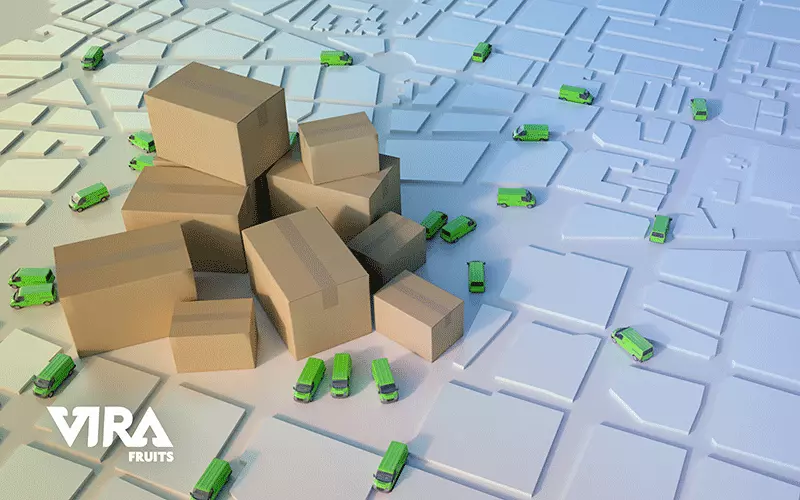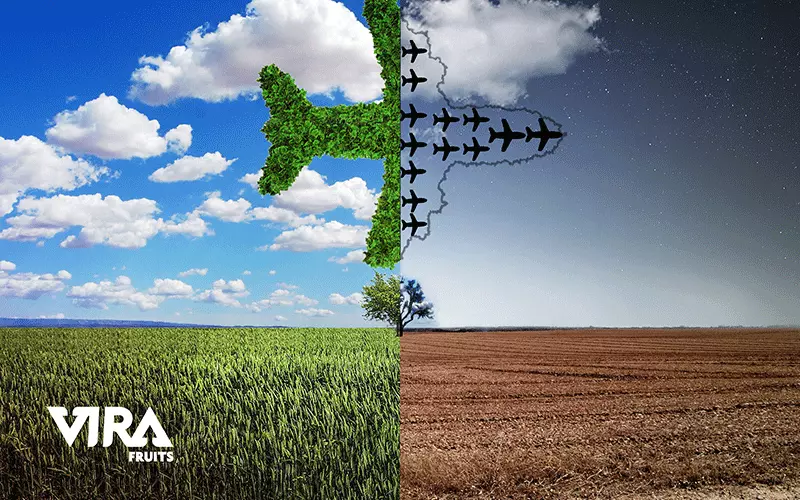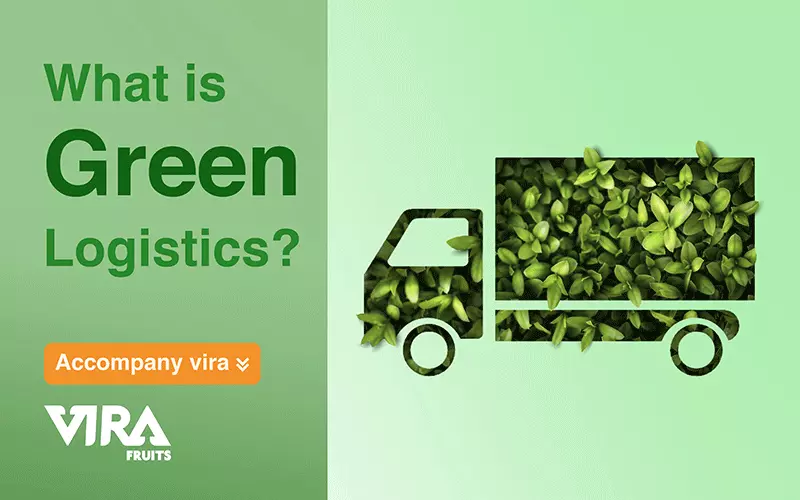Green logistics refers to all activities aimed at minimizing the environmental impact of logistics. The goal of an organization is to reduce its carbon emissions and implement more sustainable business practices in its operations. As a logistics practice, green logistics involves coordinating logistics operations in a way that benefits society, the economy, and the environment.
Logistical activities are critical to the global economy and a large contributor to global warming. Logistic operations are thought to be responsible for 8% of global greenhouse CO2 emissions. Furthermore, this industry contributes greatly to air pollution.
The freight sector is still experiencing an increase in emissions, unlike many other sectors. These data clearly indicate that there is a need for change. Companies must actively respond to the rising environmental issues in the world. Green logistics, a term that has gained momentum in recent years, is a term that has emerged as a priority for many companies.

Challenges facing green logistics
Having environmental policies in the logistics field is a significant challenge for companies. Multiple factors have contributed to this:
· Fossil fuel dependence, especially in transport
The sector has yet to find economic solutions to wean itself from its fuel dependence in goods transport.
· Last Mile Deliveries’ impact on urban traffic
E-commerce deliveries have contributed to significantly higher traffic levels in large cities where many delivery vehicles do not carry full loads during mixed orders.
· The invisibility of logistics to consumers
The fact is that neither the logistics nor the customers are sustainable in general. A further problem that exists is that logistics is becoming increasingly invisible to customers. The application of green logistics policies is difficult when you are faced with requests such as providing 24-hour delivery, which prevents condensing your loads or optimizing your transport flows. Logistics costs are also typically not itemized in invoices or are negligible. Consequently, their relevance is diminished, and a company has fewer reasons to invest in environmental sustainability.
· Businesses in need of investing
investing invest in logistics operations whether they are carried out in-house or outsourced are often restricted in their investments due to tight rates of return and margins.
· Lack of infrastructure
Emission limits are being regulated by local authorities. The plans for building new logistics facilities must be cross-sectoral if they are to be built in a way to satisfy the requirements of those engaged in logistics functions.

Solution for the challenges
We face major challenges in this sector. How do we solve them and take steps towards a more sustainable future? We can take several green logistics initiatives, including:
· Leverage technology
The most cost-effective approach to supply chain management is digital logistics, as it provides full transparency. With COPID-19, companies have devoted more effort to digitization than ever before.
· Collaboration and load optimization
One way to reduce the carbon footprint of logistics is to “share logistics assets”, according to ALICE (Alliance for Logistics Innovation through Collaboration in Europe). Using shared assets will enable us to reduce the number of empty runs by 15-40%, and thereby reduce freight emissions.
· Route optimization tools
This technique finds the shortest and most efficient route without causing delays caused by traffic, roadblocks or other factors. In this way, you will be protecting the environment, since the tool will determine the most efficient route for your deliveries. Fuel costs will be reduced and customer service will be improved through high levels of efficiency.

Environmental checklist
This checklist can serve as a guide to addressing key areas to be considered in humanitarian response:
- Do you tell donors about your environmental efforts?
- Are you informed with the environmental regulations and standards applicable in the country where you are doing business?
- Have you ever calculated your product’s waste volume or type?
- How is the waste disposed of, or how much is it?
- How do you monitor environmental regulations and laws?
- How does your organization’s activity impact the environment?
- Is there any way you can improve the way your donors and employees perceive your environmental policy?
- Can you quantify the environmental impact of the materials and services you provide (including their disposal)?
- In adopting alternative methods of controlling or eliminating pollution risks, are there hidden benefits (for example, increased efficiency, or even more straightforward business opportunities)?
- Does the material you use pose any health risks to the environment, your beneficiaries or your staff?
- Do you have top management’s commitment to ensuring your organization gives environmental considerations the attention they deserve?
